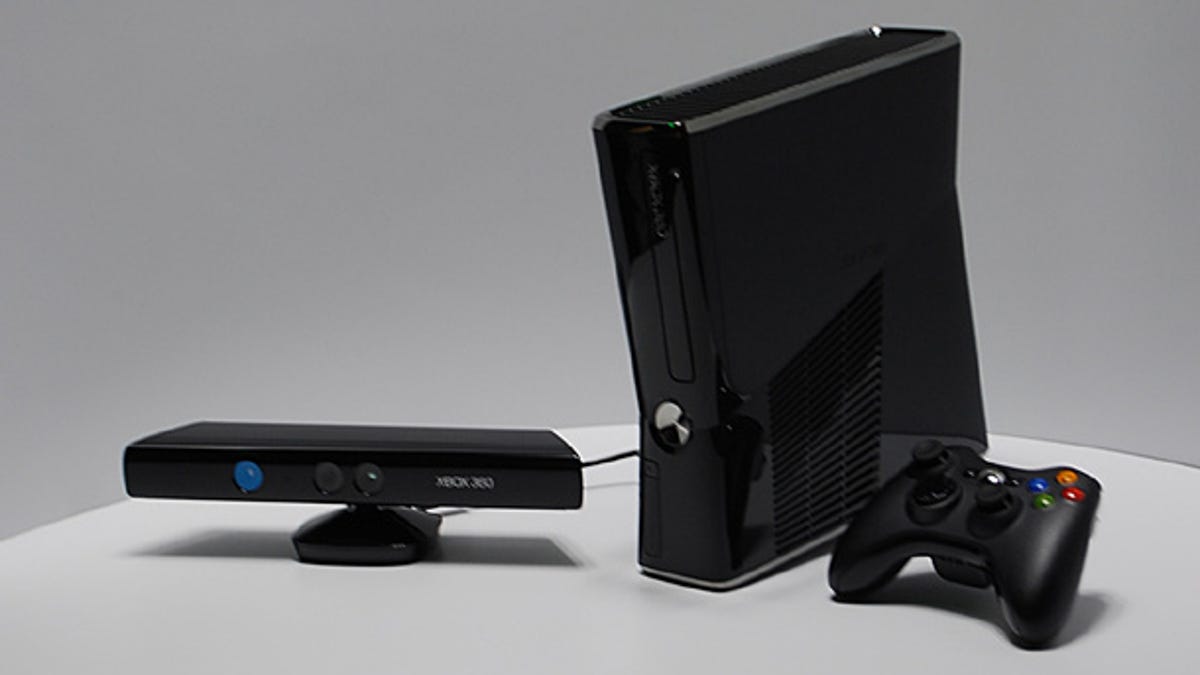Hands-on with Microsoft's Kinect camera: what works, what doesn't
Having had a few opportunities to play around with Microsoft's Kinect camera peripheral over the past year (then it was still called Project Natal), we were eager to try the seemingly finalized version displayed at E3.

Having had a few opportunities toplay around with Microsoft's Kinect camera peripheral over the past year(then it was still called Project Natal), we were eager to try the seemingly finalized version displayed at E3 (see the video below for highlights from our hands-on session).
The first thing we noticed was that the Kinect hardware was visually very close (as far as we could tell) to the demo devices seen as far back as E3 2009, despite rumblings from Microsoft reps during the year that the design was subject to change. It's a physically large device, and not as easy to blend into a home entertainment center as a thin Wii sensor bar.
In our previous hands-on experiences with the then-Natal, we thought it recognized human forms well, but there was typically a slight delay in translating movement to the screen, and occasionally, the entire skeletal structure of your onscreen avatar could get twisted around. The current Kinect camera/software package at once seems more responsive and stable, although it still felt a hair away from direct one-to-one movement.
We were particularly interested in trying out the Xbox Live media functions of the Kinect system. While several parts of Xbox Live will purportedly work with the device, the only one we could demo in person was the Zune library. There, we were able to start and stop a video file, as well as jog forward and back, just by using hand gestures. The experience had a learning curve, but a small one; we managed not to trigger many false positive inputs.
To their credit, the Microsoft reps let us take the voice control part of the system for a spin--easily the part of the Kinect ecosystem that could most easily fail in a live-fire demo session. The basic voice commands, starting with the word "Xbox," then adding an instruction such as "pause," or "play," worked perfectly, even in a noisy group environment, and despite the fact that we had not calibrated the system with our voice.
We got to see the ESPN app in action briefly, but couldn't operate it ourselves. Other apps, from Facebook to Last.fm are still under development, and only appeared as placeholder icons.
Possibly the most buzzworthy Kinect game was Kinectimals, a collection of virtual pets. We also got to take one of these jungle cats for a test drive, and ran through an obstacle course, using our body language to control the animal.
Again, the system worked very well, even in a dimly lit, noisy room. But, the only parts of the Kinectimals game we've seen so far has been some basic interaction with the animals and this obstacle course. Unless there's a lot more to it, it feels more like a tech demo than something we'd play on a regular basis.
It's been exactly one year since we first saw the Xbox Natal/Kinect hardware. In that time, we've gone from simple block-busting demos (although that breakout-style game is still around, packed into one of the Kinect titles) to more advanced games, as well as adding the first steps of remote-control-free home theater control. Our overall impression based on this brief hands-on encounter is that the hardware itself seems ready for prime time, and it'sup to the software to follow.

